10 Sizzling Mexican Food Items Names You Need to Know (Plus Spice Secrets!) 🌮🌶️
Table of Contents
- Introduction: A Fiesta of Flavors
- Top 10 Mexican Food Items Names & Their Stories
- Spice Spotlight: The Heat Behind the Flavor
- Buying Guide: How to Choose Authentic Ingredients
- Conclusion: Let Your Taste Buds Dance with Mexican Magic
Introduction: A Fiesta of Flavors
Mexican cuisine is a vibrant explosion of flavor, texture, and color — and at its heart lies a rich tapestry of Mexican food items names that every foodie and spice enthusiast should know.
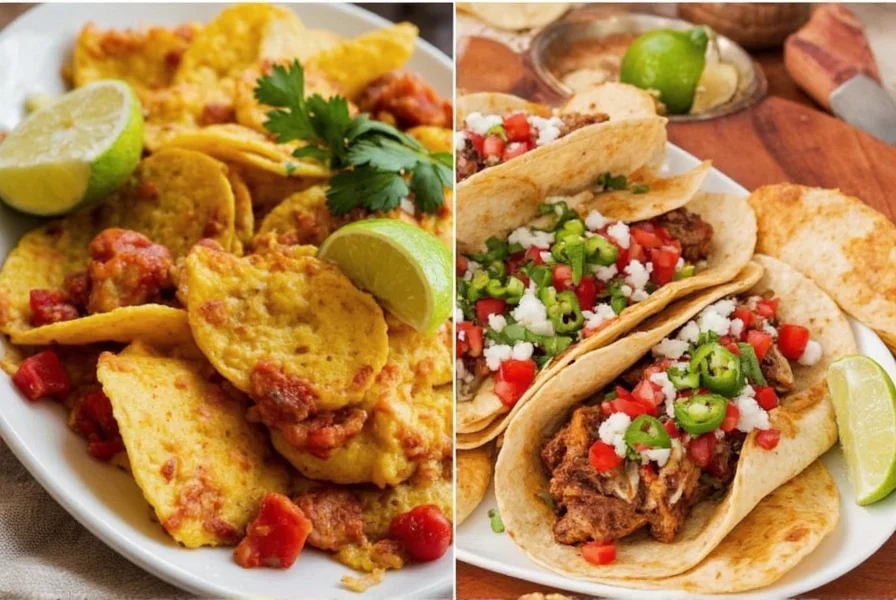
Whether you're hosting a themed dinner or exploring your pantry's potential, understanding the key dishes from Mexico — and what makes them unique — can elevate your culinary game. In this post, we’ll dive into the most iconic Mexican food items names, explore the spices that make them unforgettable, and give you insider tips on sourcing the best ingredients.
Top 10 Mexican Food Items Names & Their Stories
Mexico’s culinary map is as diverse as its landscapes. Here are 10 must-know dishes that define Mexican cuisine — and some surprising twists!
- Tacos al Pastor – Marinated pork cooked on a vertical spit, inspired by Lebanese shawarma.
- Chiles en Nogada – Stuffed poblano peppers covered in creamy walnut sauce, topped with pomegranate seeds; a patriotic dish served around Independence Day.
- Pozole – A hearty hominy-based soup with pork, traditionally eaten during celebrations.
- Tamales – Masa dough filled with meats or veggies, wrapped in corn husks and steamed.
- Mole Poblano – A complex sauce made with chocolate, chilies, nuts, and spices; often served over turkey.
- Elote – Grilled corn on the cob slathered with mayo, cheese, chili powder, and lime.
- Ceviche – Fresh seafood marinated in citrus juices, seasoned with onions, cilantro, and chilies.
- Flautas – Rolled-up tortillas filled with shredded meat and fried until crispy.
- Enchiladas – Tortillas filled with cheese, chicken, or beans and bathed in a spicy sauce, then baked.
- Huaraches – Oval-shaped masa bases topped with meat, lettuce, cheese, and salsas — named after their sandal-like shape.
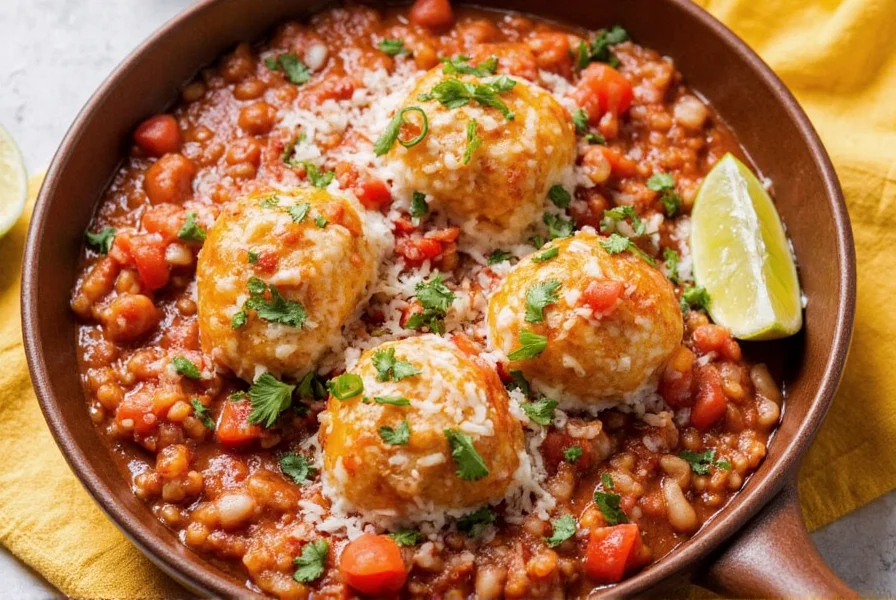
The Secret Ingredient? Culture
These dishes aren’t just meals — they’re deeply rooted in regional traditions, history, and family rituals. For example:
- Chiles en Nogada symbolizes the colors of the Mexican flag: green (pepper), white (sauce), and red (pomegranate seeds).
- Pozole dates back to Aztec times and was once used in religious ceremonies.
- Mole can take days to prepare and varies dramatically across regions — Oaxaca’s “seven moles” are world-famous!
Spice Spotlight: The Heat Behind the Flavor
Mexican cuisine wouldn’t be Mexican without its love affair with chilies! Understanding which Mexican food items names come paired with which peppers can help you master the heat level.

Common Chilies Used in Mexican Cuisine
| Pepper Name | Heat Level (SHU) | Flavor Profile | Best For |
|---|---|---|---|
| Jalapeño | 2,500–8,000 | Grassy, earthy | Salsas, nachos, poppers |
| Serrano | 10,000–23,000 | Crunchy, bright | Pico de gallo, hot sauces |
| Guajillo | 2,500–5,000 | Fruity, smoky, tea-like | Mojo de ajo, enchilada sauces |
| Ancho / Poblano | 1,000–2,000 | Earthy, sweet, raisin-like | Mole, rellenos |
| Arbol | 15,000–65,000 | Sharp, nutty | Oil infusions, dry rubs |
| Hatch Green Chile | Varies (Roasted) | Smoky, buttery | Green chile stew, tostadas |
Pro Tip: Managing the Heat
- Want mild? Remove the seeds and veins from chilies before use.
- Need more kick? Add powdered arbol or habanero to your next taco filling.
- Looking for flavor? Toast dried chilies lightly in a pan before soaking — it unlocks deeper aroma.
Buying Guide: How to Choose Authentic Ingredients
To truly capture the essence of any Mexican food items name, you need the right ingredients. Here’s how to shop smart:
Essential Staples
| Ingredient | Features | Advantages | Best For |
|---|---|---|---|
| Stone-ground masa harina | Lime-treated corn flour | Better texture and depth of flavor | Tamales, tortillas, pupusas |
| Authentic mole paste | Ready-to-use blend of spices, nuts, chilies, and chocolate | Saves time without sacrificing tradition | Mole sauces, stews, drizzled over grilled meats |
| Dried guajillo chilies | Reddish-brown skin, thin flesh | Versatile for both sauces and soups | Enchiladas, salsa roja, marinades |
| Epazote | Herb with bold, almost citrusy notes | Adds authenticity to beans and soups | Refried beans, quesadillas, pozole |
| Cotija cheese | Salty, crumbly, aged | Brings traditional tanginess | Elote, tacos, salads |
Where to Buy
- Local Latin markets: Fresher produce and spices, often at better prices.
- Online retailers: Brands like La Costeña, Goya, and MexGrocer offer curated kits and rare ingredients.
- Farmer’s Markets: Great place to find fresh epazote, herbs, and heirloom corn.
What to Avoid
- Pre-packaged “taco seasoning” loaded with fillers.
- Low-quality oils that overpower the subtle chili flavors.
- Over-processed cheeses that melt poorly or taste artificial.
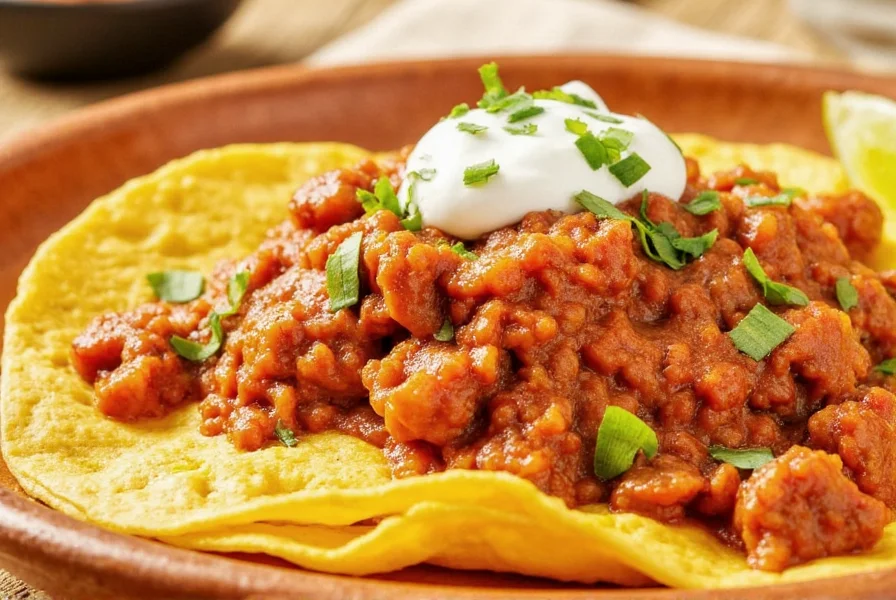
Conclusion: Let Your Taste Buds Dance with Mexican Magic
Mexican cuisine is more than just food — it’s an experience. Each Mexican food items name tells a story, each ingredient adds a chapter, and every bite brings you closer to the heart of Mexico.
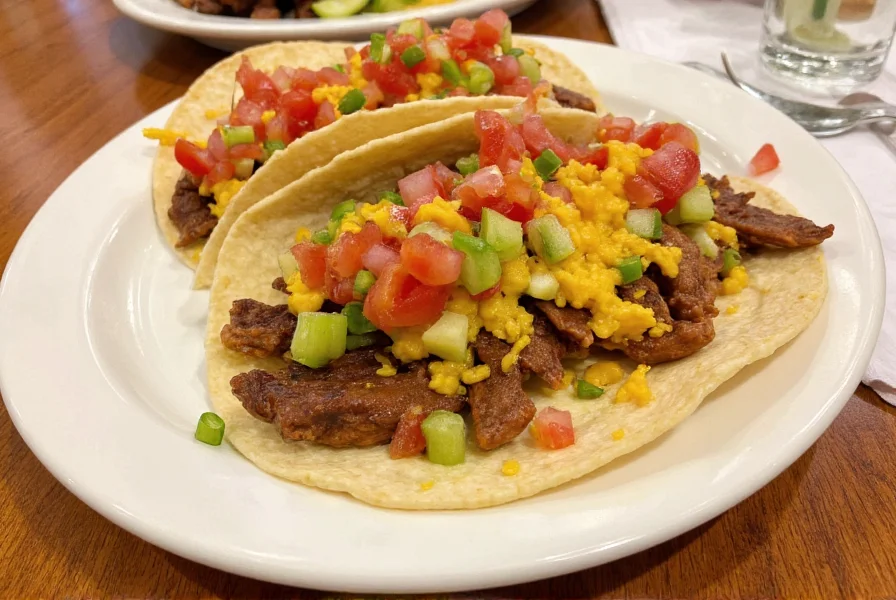
Now that you’ve got the inside scoop on the top 10 dishes, the spice profiles, and where to buy the best ingredients, you’re ready to bring the fiesta home. Whether you're grilling up some elote or simmering a slow-cooked mole, remember: cooking Mexican is about passion, tradition, and enjoying every delicious moment.
So grab your apron, fire up the stove, and let’s taco ’bout how good this meal is going to be. ¡Buen provecho!

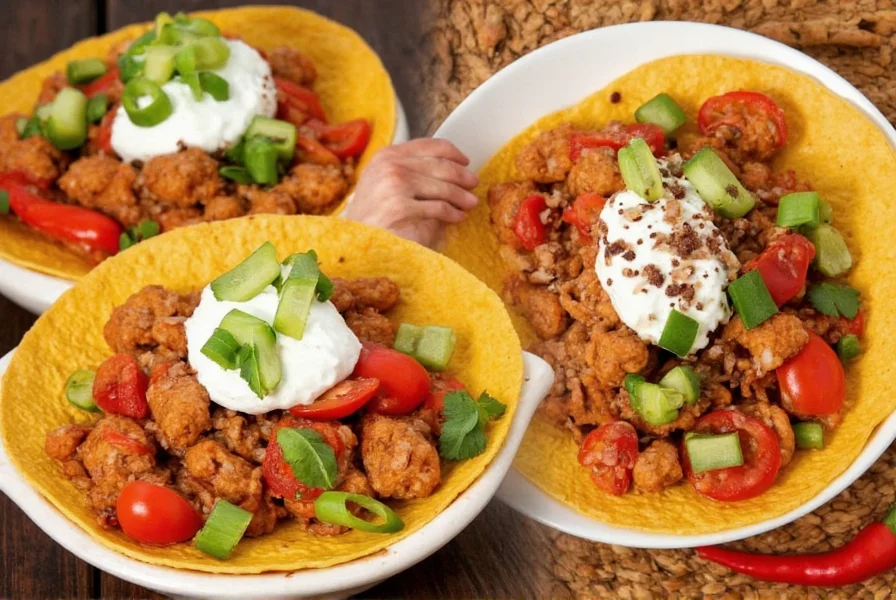









 浙公网安备
33010002000092号
浙公网安备
33010002000092号 浙B2-20120091-4
浙B2-20120091-4